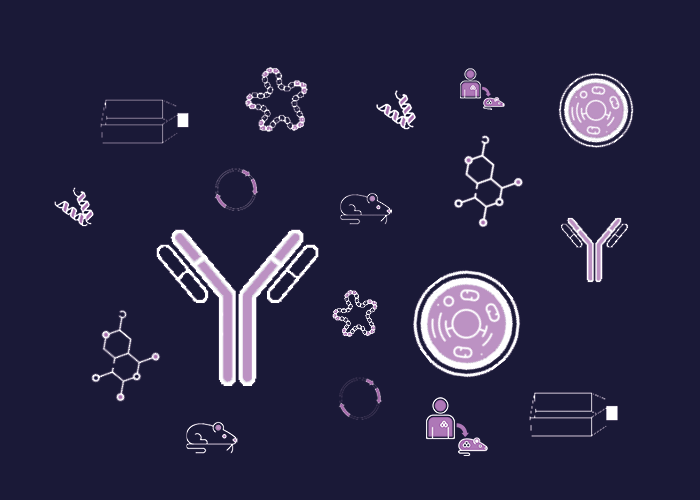
Cat. #153874
Oct1/2 Knock Out Mouse
Cat. #: 153874
Sub-type: Mouse
Availability: 8-10 weeks
Model: Knock-Out
This fee is applicable only for non-profit organisations. If you are a for-profit organisation or a researcher working on commercially-sponsored academic research, you will need to contact our licensing team for a commercial use license.
Contributor
Inventor: Alfred Schinkel
Institute: Netherlands Cancer Institute
Tool Details
*FOR RESEARCH USE ONLY (for other uses, please contact the licensing team)
- Tool name: Oct1/2 Knock Out Mouse
- Alternate name: SLC22A1/2, Solute Carrier Family 22 Member 1/2, Organic Cation Transporter 1/2
- Research fields: Cancer;Cell signaling and signal transduction;Drug development
- Tool sub type: Mouse
- Model: Knock-Out
- Conditional: No
- Description: Oct1/2 are polyspecific organic cation transporters in the liver, kidney, intestine, and other organs. They are critical for elimination of many endogenous small organic cations as well as a wide array of drugs and environmental toxins. Useful for studies of drug transport in the liver, intestine and kidneys. OCT1 and OCT2 determine renal secretion of small organic cations.
- Application: Useful for studies of drug transport in the liver, intestine and kidneys. OCT1 and OCT2 determine renal secretion of small organic cations.
- Genetic background: The model was created through sequential targeting of the Slc22a1 and Slc22a2 genes in 129/Ola-derived E14 ES cells and injecting the targeted cells into C57BL/6 blastocysts. Resultant chimeras were backcrossed to FVB/N for seven generations
- Zygosity: Homozygous
- Production details: The model was created through sequential targeting of the Slc22a1 and Slc22a2 genes in 129/Ola-derived E14 ES cells and injecting the targeted cells into C57BL/6 blastocysts. Resultant chimeras were backcrossed to FVB/N for seven generations
- Breeding information: The colony is maintained by mating doubly homozygous mic
- Additional notes: Useful for studies of drug transport in the liver, intestine and kidneys. OCT1 and OCT2 determine renal secretion of small organic cations. The Oct1/2 mouse was developed in the laboratory of Alfred Schinkel of the Netherlands Cancer Institute
Handling
- Shipping conditions: Embryo/Spermatoza- Dry Ice
Target Details
- Target: Oct1 and Oct2
Application Details
- Application: Useful for studies of drug transport in the liver, intestine and kidneys. OCT1 and OCT2 determine renal secretion of small organic cations.
References
- Jonker et al. 2003. Mol Cell Biol. 23(21):7902-8. PMID: 14560032.
- Deficiency in the organic cation transporters 1 and 2 (Oct1/Oct2 [Slc22a1/Slc22a2]) in mice abolishes renal secretion of organic cations.
- Jonker et al. 2001. Mol Cell Biol. 21(16):5471-7. PMID: 11463829.
- Reduced hepatic uptake and intestinal excretion of organic cations in mice with a targeted disruption of the organic cation transporter 1 (Oct1 [Slc22a1]) gene.



